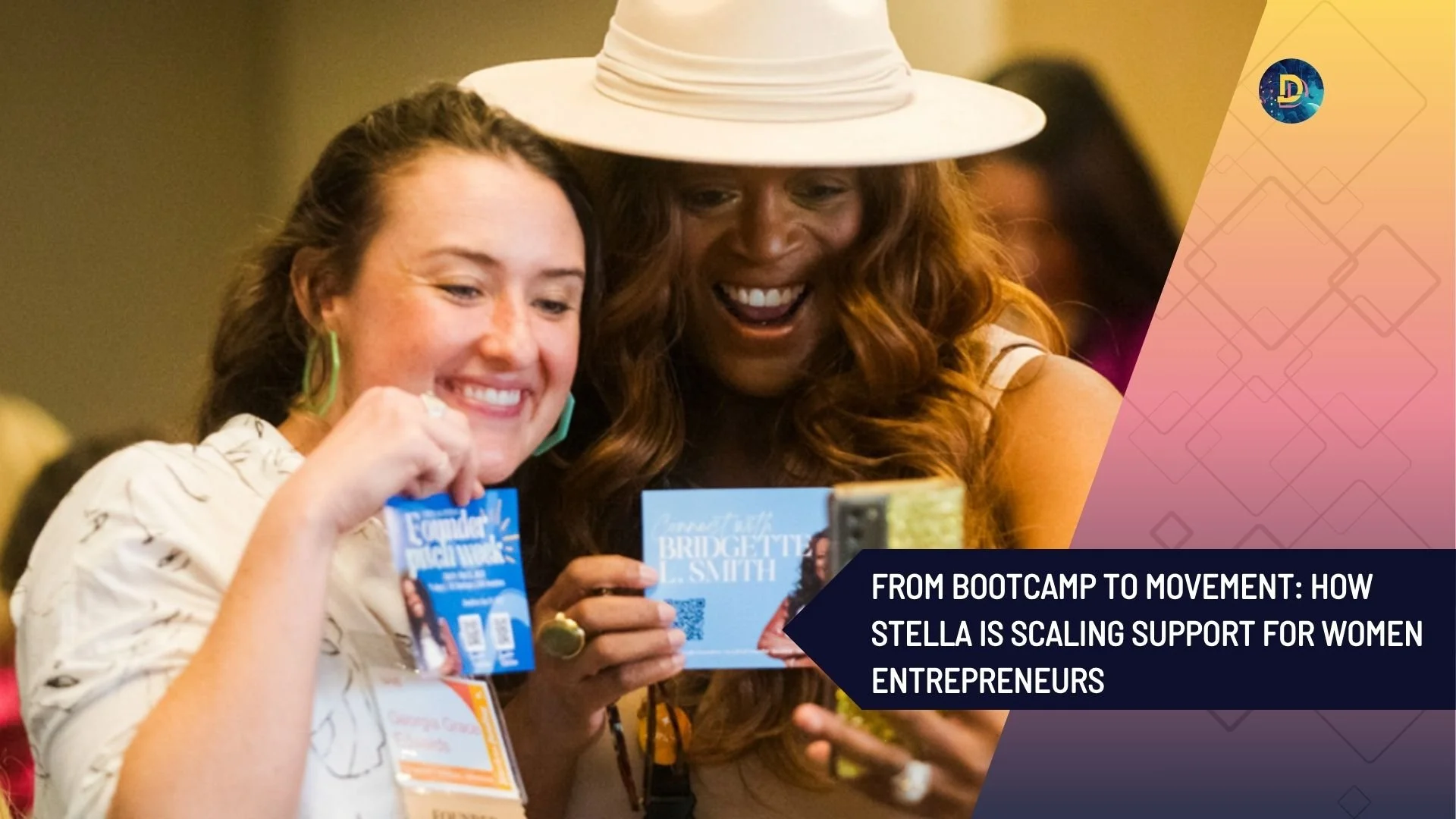Using 3D scanning to fix fashion’s fit problem
tl;dr
Janice Tam, co-founder and CEO of True to Form, is using 3D body-scanning and size-prediction technology to fix fashion’s long-standing fit problem and reduce costly returns.
As a first-time founder, she’s learned to pivot with purpose, building a culture of adaptability, empathy, and customer focus.
Driven by impact and sustainability, Janice is redefining how brands and shoppers experience fit, proving that better sizing is better business.
Janice Tam is the co-founder and CEO of True to Form, a company using 3D body-scanning and size-prediction technology to solve fashion’s long-standing fit problem. True to Form helps custom and made-to-measure brands measure clients remotely, while also powering e-commerce brands with an on-page visual size guide that enables shoppers to select the size most likely to fit them.
The company first launched its custom apparel product a few years ago to validate its core technology. Earlier this year, Tam and her team expanded into the broader ready-to-wear market with a size-prediction widget that is already live with customers and showing tangible results.
Learning to pivot and listen
This is Tam’s first company, and she is open about the steep learning curve of being a first-time founder. “It was definitely a learning curve to figure out all of the pieces of building a business and also how many pivots there would be along the way,” she says. “It was hard to let go of the initial vision and do the redirection. It felt like a whole new crisis every couple of weeks.”
Those constant course corrections forced her to build muscle around flexibility and customer empathy. “We’ve learned to be a lot more adaptable and to really listen to the voice of the customer,” she adds. That willingness to pivot became not just a survival skill but a defining part of True to Form’s culture.
Over time, Tam realized that letting go of early ideas doesn’t mean losing direction. Instead, it means focusing on what customers are telling you with their behavior, not just their words. “You start to see patterns, what people really care about, what they’re willing to pay for, and that helps you rebuild your conviction on firmer ground,” she explains.
Fundraising by design
True to Form has raised several tranches of capital, most recently earlier this year. Tam describes the process as deliberate, founder-led, and strategic. The team targets investors who bring more than money, people who understand apparel, retail tech, or data-driven consumer products. “We primarily raised from angel groups and smaller funds that have a strategy focused on our industry and vertical,” she says.
Rather than chasing large rounds, the company focuses on capital efficiency. “We raise as much as we need at any given time,” Tam says. “That lets us stay focused on the business instead of being caught in long fundraising cycles.”
Her approach is refreshingly pragmatic: set milestones, hit them, and raise again once you’ve proven the next layer of traction. The method also helps maintain fair valuations for both founders and early investors. “It’s about showing momentum and not overextending yourself,” she explains.
Product traction and measurable impact
Tam is clear about what success looks like. “We’re seeing brands experience up to a 4.2x lift in conversions for people who use our widget versus those who don’t, and up to a 59% reduction in returns,” she says.
These results shape True to Form’s go-to-market focus: mid-size, direct-to-consumer apparel brands that need measurable results but don’t have the resources or patience for enterprise-scale integrations. “We’re focused on helping brands convert site traffic and reduce returns in ways that make financial sense,” she says. “Those savings can make or break margins in e-commerce.”
The power of community and reciprocity
Tam is quick to credit the people and communities that have helped her along the way. “We couldn’t have gotten this far without supporters and people opening doors for us,” she says. Whether through introductions, early customer feedback, or shared resources, each connection has mattered.
She also believes strongly in reciprocity. “Some of the biggest lessons I learned came from founders who were just a couple of steps ahead of me,” she says. “Now I try to pay that forward whenever I can.” For Tam, building a company isn’t a solo act; it’s a collective effort shaped by generosity, feedback, and shared learning.
Building awareness and shaping an industry
If there is one thing she wants more people to know, it’s that True to Form’s size-prediction product is ready and already making a measurable difference. “We want more mid-size e-commerce brands to try it and see the impact for themselves,” she says. “We’re still small, we don’t have a huge marketing budget, but the results are real.”
She sees her company’s work as part of a broader conversation about sustainability, not just environmental but economic. High return rates create waste, but they also erode profits and customer trust. “Something needs to change in the fashion industry,” Tam says. “It’s emotional when you buy online and something doesn’t fit, but it’s also a financial problem for brands. The return rates we’re seeing just don’t make sense anymore.”
True to Form’s mission sits at the intersection of empathy and economics: helping shoppers feel more confident while helping brands run healthier businesses. “That’s what keeps me going,” she says. “We’re not just building tech; we’re trying to fix something that affects everyone in the chain.”
























